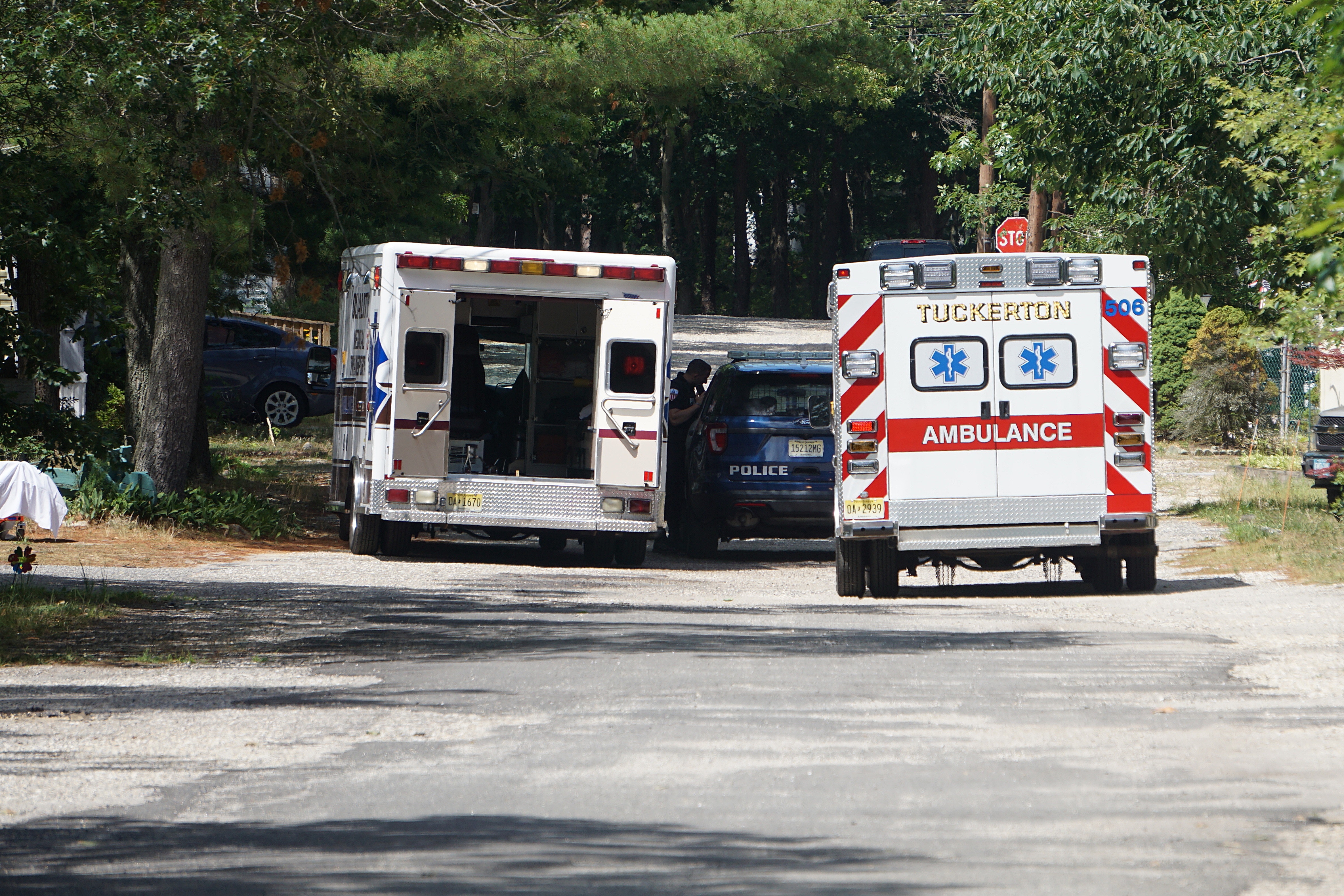The new SAFER pre-study Syncope approved to support knowledge within the area of in-vehicle detection of sudden illness
We have another pre-study approved within SAFER's pre-study programme, Syncope - Unresponsive Driver & Sudden Illness Detection. The purpose of the project is to identify knowledge gaps regarding in-vehicle sudden illness detection by gathering people with background in traffic safety, biomedical engineering, medical science and transportation authority in a collaborative project.
In this project the researchers will investigate the medical conditions that cause driver impairment and potential sensing methods for detection. The results will create knowledge for guiding future research and development as well as policy making. Several parties of the group also have ongoing and finished complementary projects that address sensing technology and emergency response service, including the SAFER/PICTA associated projects TEAPaN and DrivER.
10% of the fatal crashes is a cause of sudden illness
Sudden illness in driving is a common cause of fatal crashes and accounts for about 10% of the fatal crashes in Sweden. Similar to fatigue and distraction, the risk could be mitigated with a driver monitor system capable of detecting critical medical conditions, in combination with minimum risk maneuvers executed by automated driving systems. Such developments are being incorporated into the Euro NCAP roadmap and EU’s General Safety Regulations for motor vehicles.
Monitoring technologies have been rapidly developed in recent years and many physiological and behavioral signs can be measured with vehicle integrated sensors and wearable sensors. In-vehicle measures have a great potential to detect critical medical conditions, even in an early phase. However, there is a knowledge gap regarding detailed detection criteria for a variety of conditions. As a result, early-stage Euro NCAP assessment protocols for sudden illness focus on detection of unresponsive drivers, not detection of the medical condition per se. An unresponsive driver is determined as a driver who either does not return their gaze to the forward road view within 3 seconds of an inattention warning being issued or a driver whose gaze has been away from the forward road view or has been eyes closed for ≥ 6 seconds. This approach means that the detection has a time delay, and it could be problematic in high level automation when the driver’s gaze may not be forward.
Filling the knowledge gaps and supporting the SAFER research agenda
Now, the researchers would like to fill the knowledge gap regarding in-vehicle sudden illness detection by gathering people with background in traffic safety, biomedical engineering, medical science and transportation authority in a collaborative project. There are four planned activities within the pre-study:
- Identify the most common illnesses and medical conditions that lead to driver impairment and crashes through a literature study and workshops with road safety experts and medical experts.
- Review the capability of state-of-the-art sensing technologies and summarize what physiological and behavioral signs of illness can be monitored in the vehicle environment through a literature search.
- Explore the feasibility of using those physiological and behavioral measures to a) have an early detection of critical conditions that can lead to severe driving impairment, b) identify different types of medical conditions c) support emergency and following up medical care. Diagnostic measures as well as early and onset signs and symptoms will be listed and matched with in-vehicle sensing technologies. This knowledge will be acquired by literature searches and by holding workshops with clinical experts in relevant medical fields.
- Formulate future research directions for coming research calls, e.g. Vinnova /FFI calls.
Several of SAFER’s research targets are supported by this study; e.g development of a prediction models for human cognition and behavior in the area of driver engagement, diagnosis of driver fitness based on monitoring data and increased knowledge in the field of transitions between manual and automatic driving and interaction between human and ADAS features.
SAFER partners in the project are Chalmers University of Technology, Autoliv Development, Swedish National Road and Transport Research Institute (VTI), Swedish Transport Administration and Volvo Car Corporation. Also, Sahlgrenska University Hospital is contributing with in-kind in the project.
Project leader for this pre-study will be Ke Lu, Chalmers University, and the project will be hosted by SAFER’s research area Road User Behavior.

